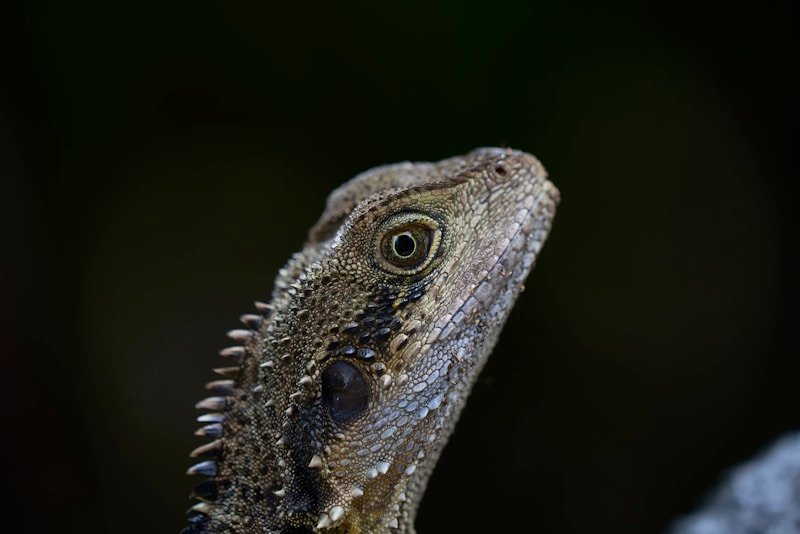Reptiles have long fascinated humans with their unique forms, behaviors, and striking appearances. Among the most captivating features of these ancient creatures are their scales—vibrant, intricate, and often shimmering in an array of colors. From the lush rainforests to arid deserts, reptiles display a spectacular palette that serves not only as a form of camouflages but also as a means of communication, protection, and sometimes, sheer artistry. In this article, we delve into the colorful world of reptilian scales and explore the science and beauty behind them.
The Science Behind Reptilian Coloration
Reptilian coloration arises from a complex interplay of pigments and microscopic structures in their scales. Unlike mammals and birds, reptiles rely heavily on structural colors produced by the reflection and refraction of light. The three primary types of pigment cells—melanophores (black and brown pigments), xanthophores (yellow and red pigments), and iridophores (reflective and iridescent cells)—work together to create an astonishing variety of hues.
For instance, the brilliant blues and greens found on many lizards and snakes are often not due to pigments but to iridophores, which scatter light in specific ways. These structural colors can change depending on the angle of light, giving the scales a shimmering or metallic quality. Meanwhile, the earthy tones of browns and reds, essential for camouflage, come from the pigments in the melanophores and xanthophores.
Camouflage and Survival: Nature’s Palette
One of the primary functions of colorful scales in reptiles is camouflage. Many reptiles rely on blending into their environment to avoid predators or to ambush prey. The desert-dwelling horned lizard, for example, boasts a mix of sandy browns and grays that perfectly mimic its arid surroundings. Conversely, the vibrant greens of a green tree python allow it to vanish amidst leaves and branches.
But camouflage isn’t always about hiding. Some reptiles use bright colors as a warning. The highly venomous coral snake sports bold red, yellow, and black bands to signal danger to potential predators. This kind of warning coloration, called aposematism, is nature’s way of saying, “Stay away.”
Reptilian Scales as Communication Tools
Colorful scales also play a significant role in communication, especially during mating seasons. Many male reptiles exhibit brighter or more intense coloration to attract females or to intimidate rival males. The green anole, for example, can display a vibrant pink throat fan called a dewlap, which it uses in elaborate courtship dances.
Changes in color can also indicate mood or physiological states. Some chameleons, famous for their color-changing abilities, shift hues not only for camouflage but to signal stress, aggression, or submission. These visual cues help reptiles convey complex messages without making a sound, which is crucial in the wild where silence can mean survival.
The Artistic Beauty of Reptilian Scales in Human Culture
Humans have long been inspired by the dazzling colors and patterns of reptiles. From ancient jewelry crafted with snake motifs to modern fashion designs incorporating snake and lizard prints, reptilian scales have influenced art and culture worldwide. The intricate geometric patterns of a python or the vibrant mosaic of a gecko’s back have been mimicked in textiles, ceramics, and tattoos.
Beyond aesthetics, reptile scales have practical uses, too. For example, the tough, textured scales of crocodiles and alligators have been used in leather goods, prized for their durability and distinctive patterns. In the realm of art, these natural designs remind us of the incredible creativity found in nature, pushing artists and designers to explore new forms and textures.
Conclusion
The colorful scales of reptiles are a testament to the marvels of evolution, serving vital roles in survival, communication, and adaptation while captivating human imagination with their beauty. From the shimmering blues of tropical lizards to the bold warning stripes of venomous snakes, these creatures showcase the extraordinary artistry embedded in the natural world. Understanding the science behind their coloration deepens our appreciation and reminds us of the delicate balance between form and function in nature’s grand design.
Whether admired for their practicality or their aesthetic appeal, reptiles and their vibrant scales continue to inspire and intrigue us, proving that sometimes, nature’s most stunning masterpieces come scaled and cold-blooded.

